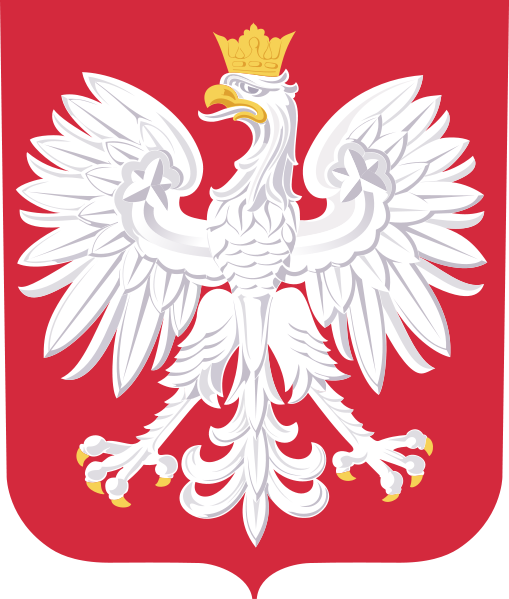Online first
Current issue
Archive
Most cited in 2024
About the Journal
Editorial Office
Editorial Board
Copyright and self-archiving policy
Information clause on the processing of personal data
Declaration of accessibility
Instructions for Authors
Instructions for Reviewers
Contact
Reviewers
2024
2023
2022
2020
2021
2019
2018
2017
2016
2015
2014
2013
Editing and translations
REVIEW PAPER
The role of telemedicine in urological care for the elderly – benefits, challenges, and future perspectives
1
T. Marciniak Lower Silesian Specialist Hospital – Emergency Medicine Center, Wrocław, Poland (Department of Urology and Urological Oncology)
Online publication date: 2025-07-15
Corresponding author
Sebastian Adrian Fedorowicz
Dolnośląski Szpital Specjalistyczny im. T. Marciniaka – Centrum Medycyny Ratunkowej, Oddział Urologii i Onkologii Urologicznej, ul. gen. Augusta Emila Fieldorfa 2, 54-049 Wrocław
Dolnośląski Szpital Specjalistyczny im. T. Marciniaka – Centrum Medycyny Ratunkowej, Oddział Urologii i Onkologii Urologicznej, ul. gen. Augusta Emila Fieldorfa 2, 54-049 Wrocław
Med Pr Work Health Saf. 2025;76(3):223-31
HIGHLIGHTS
- The number of geriatric patients requiring urological care is growing.
- Regular doctor visits are challenging for patients with limited mobility.
- Telemedicine can facilitate elderly healthcare.
KEYWORDS
TOPICS
ABSTRACT
The aging population has led to an increasing number of patients with urological conditions, such as urinary tract infections, prostate and bladder cancer, and nephrolithiasis. These diseases often require regular medical visits, posing challenges for elderly patients with usually limited mobility, as well as for the burdened healthcare system. Telemedicine, through remote consultations and telemonitoring tools, can improve the care of urological patients, which require further analysis. A literature review in Polish and English was conducted using the PubMed, Scopus, and Web of Science databases with the keywords: “telemedicine in urology,” “telehealth in urology,” “telehealth,” “telementoring,” and “telemedicine.” Articles meeting the criteria, standards of practice according to the current guidelines, and relevant
content related to the listed keywords were included. The authors evaluated the publications, excluding outdated information. Telemedicine
facilitates early diagnosis, treatment, and monitoring of patients, reducing transport. Remote consultations allow for the assessment of laboratory
and imaging results, monitoring of cancer treatment, and planning of surgical and pharmacological treatments. In andrology, telemedicine
supports hormonal therapy and infertility diagnostics. The use of virtual rounds and surgical telementoring enhances the effectiveness
of surgical treatment. Although studies indicate high acceptance and adaptation rates of telemedicine among patients and physicians,
significant barriers to its implementation remain. These include limited technological proficiency among elderly patients, lack of formal
training and standardization of telemedical procedures, and concerns regarding data security and confidentiality in teleconsultations. Not all
procedures in urology can be effectively managed remotely and further research, including the optimal scope of telemedicine, is necessary.
Telemedicine is an effective tool in geriatric urological care, improving access to specialists, reducing costs, and enhancing patients’ quality of
life. However, its successful integration into modern urology requires addressing technological, organizational, legal and ethical challenges.
Med Pr Work Health Saf. 2025;76(3):223–231
Share
RELATED ARTICLE
We process personal data collected when visiting the website. The function of obtaining information about users and their behavior is carried out by voluntarily entered information in forms and saving cookies in end devices. Data, including cookies, are used to provide services, improve the user experience and to analyze the traffic in accordance with the Privacy policy. Data are also collected and processed by Google Analytics tool (more).
You can change cookies settings in your browser. Restricted use of cookies in the browser configuration may affect some functionalities of the website.
You can change cookies settings in your browser. Restricted use of cookies in the browser configuration may affect some functionalities of the website.





